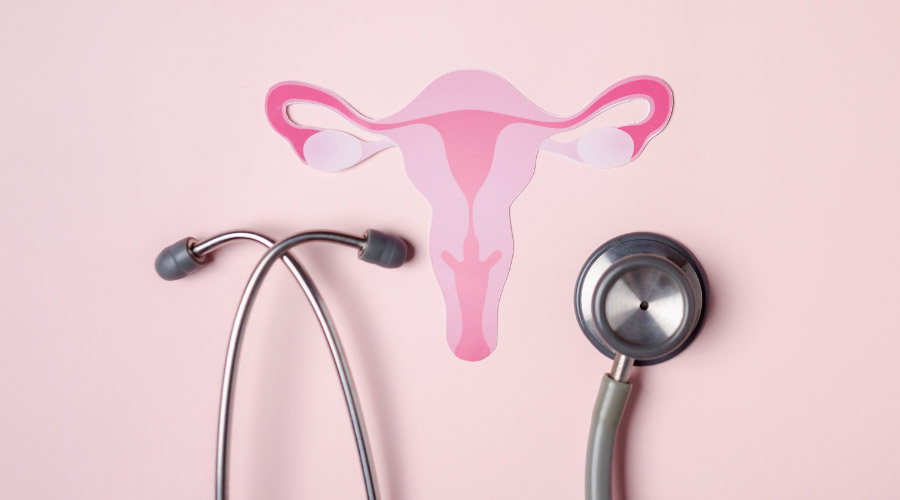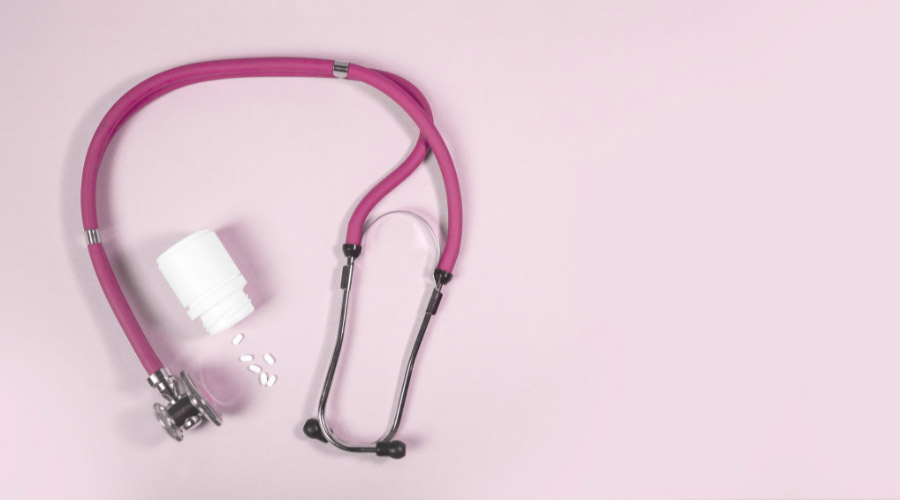Don’t suffer in silence: what to do about vaginal dryness

Many women are either too embarrassed to seek treatment for vaginal dryness or believe it is a normal part of ageing which they have to endure.
Vaginal dryness is common during and after the menopause, when levels of the hormone estrogen fall. Up to 60 per cent of menopausal women may experience symptoms but research suggests only a quarter of sufferers seek treatment to relieve them.
Some women do not realise that vaginal dryness is linked to the menopause (when a woman’s periods stop) or that they can do something about it. Others are too embarrassed or self-conscious about discussing their symptoms and do not seek treatment.
This is despite the fact that vaginal dryness can have a significant impact on a woman’s physical and emotional well-being. Common symptoms include itchiness, irritation and painful sex, with a knock-on effect of lack of desire or a loss of sexual confidence and negative thoughts around body image. Some women find that their sexual response diminishes, with difficulty in achieving an orgasm and, indeed, some can become anorgasmic (an inability to have orgasm or long delays in reaching orgasm).
Seek advice sooner rather than later
Research published in the scientific journal Maturitas found that treatment for vaginal dryness in postmenopausal women should start as soon as possible and continue as long as needed. The study surveyed 1,242 postmenopausal women and concluded that treatment should be started early to be most effective and avoid irreversible symptoms.
It is important to know that you do not need to suffer in silence. A health professional will be able to advise you on the range of treatment options available and which ones to suit you. Vaginal dryness is a very common condition and a normal process of the menopause. There is no need to feel embarrassed or uncomfortable talking to someone about it.
So what is vaginal dryness and what can you do about it?
Vaginal dryness is also known as vaginal atrophy, the medical name for thinning, drying and inflammation of the vaginal wall. Another medical term you might hear is genitourinary syndrome of menopause (GSM) which refers to a combination of menopausal symptoms including vaginal dryness, frequent urination and urinary tract infections. Having to pass urine at night may also be an associated symptom.
These symptoms are caused by declining levels of estrogen, which plays an important role in the menstrual cycle and pregnancy, keeps the lining of the vagina healthy and lubricated, and improves blood flow. During the perimenopause (lead up to the menopause) and menopause, levels of estrogen in the body drop, causing a fall in the natural amount of vaginal secretions while the lining of the vagina becomes thinner.
This is not a problem for some women but for many during the menopause, vaginal dryness can have a significant impact. Symptoms can include pain during sex and exercise, bleeding during sex, burning, itching or irritation, and increased risk of vaginal infections.

If you experience these symptoms, seek the advice of a health professional who can advise you on the range of treatment options and which is best for you. Here are our top tips for treating vaginal dryness:
Six top tips to treat vaginal dryness
1. Avoid bubble baths
Avoiding bubble baths and other simple lifestyle changes can improve your symptoms. Bubble bath products, scented soaps and lotions can worsen dryness around the sensitive vaginal area. And in terms of underwear, cotton underwear is the best choice to wear on a regular basis as some man-made fabrics cause irritation.
2. Try lubricants
Applying a water-based lubricant before sex can increase moisture, making sex less painful. Water-based lubricants are better than oil-based as oil-based can lead to irritation.
3. Use neutral creams
To treat any skin irritation in the vaginal area. These have been specially formulated to treat sensitive skin.
4. Try topical hormone treatments
These are treatments that apply estrogen directly to the vaginal area to replace some of the hormone that your body no longer produces. There are different applications including pessaries, inserted into the vagina with an applicator, vaginal creams or vaginal rings – a flexible ring inserted by you or your doctor that releases a steady amount of estrogen. It might take a few weeks for these topical treatments to start to work so you can take a non-hormonal lubricant to ease symptoms in the early stages.
5. Take HRT
Hormone replacement therapy (HRT) can relieve symptoms of vaginal dryness, as well as other unpleasant menopausal symptoms such as hot flushes, night sweats and low mood. There are different types and ways of taking HRT (which involves taking estrogen with a progestogen for women who still have their wombs) so talk to a health professional about the best approaches for you, based on your individual symptoms and medical history. While there are some risks associated with taking HRT, these are extremely small and the benefits outweigh them.
6. Try medication
A drug called ospemifene (Senshio) has been shown by research to relieve symptoms of moderate to severe vaginal atrophy. It is a non-hormonal treatment and could be helpful for women who are not recommended to take vaginal estrogen.
If you would like to find out more, please get in touch for further information and an appointment with one of our healthcare professionals.
“Treating these symptoms, or preventing them in the first place, can improve the quality of a woman’s life significantly and enable her to maintain comfortable intimacy with her partner. Please do come and discuss this with us as we can really help you,” – Dr Tina Peers, Hormone Health.